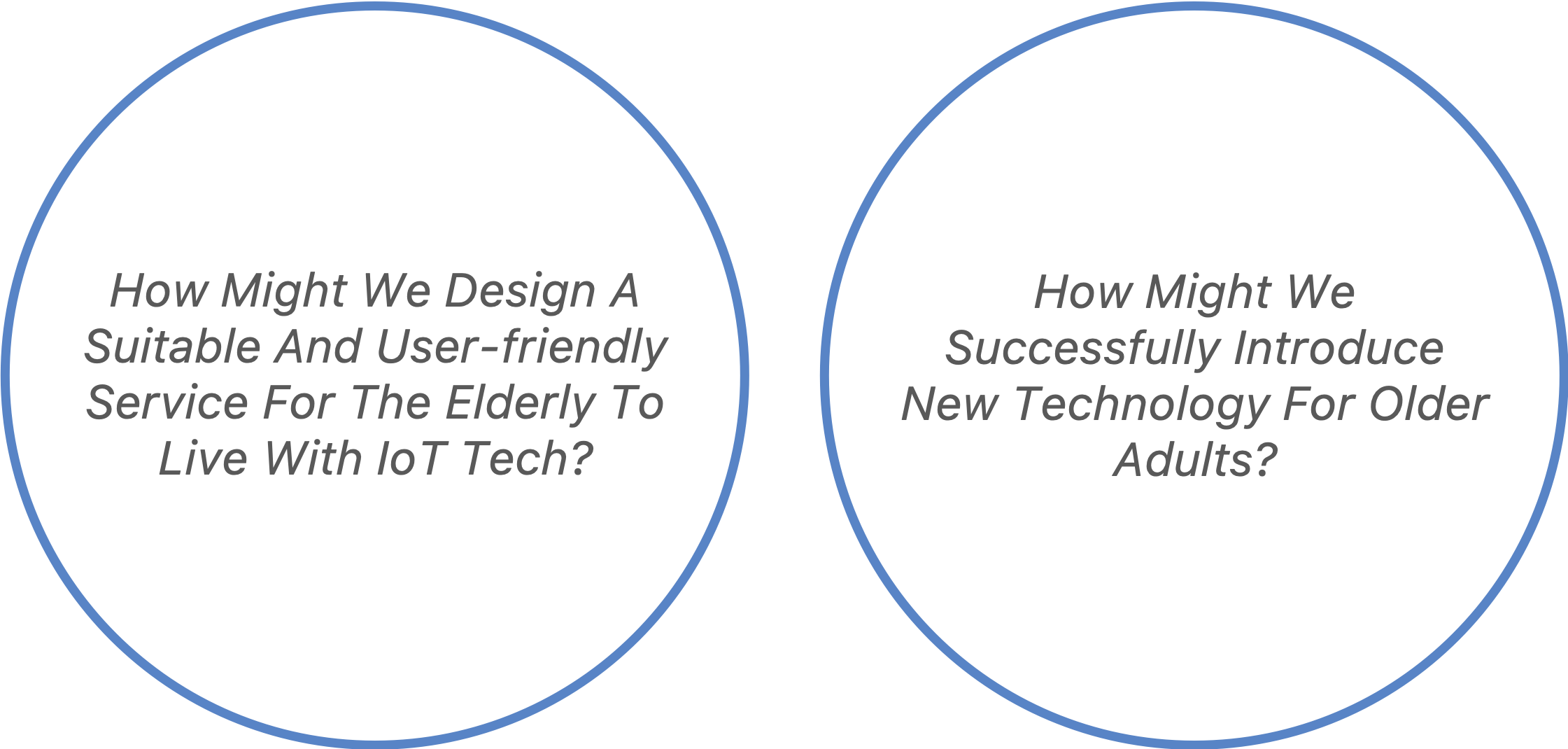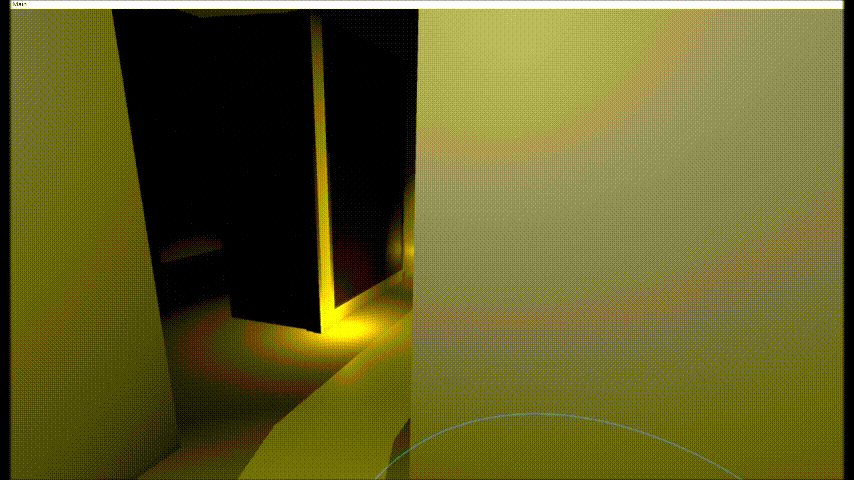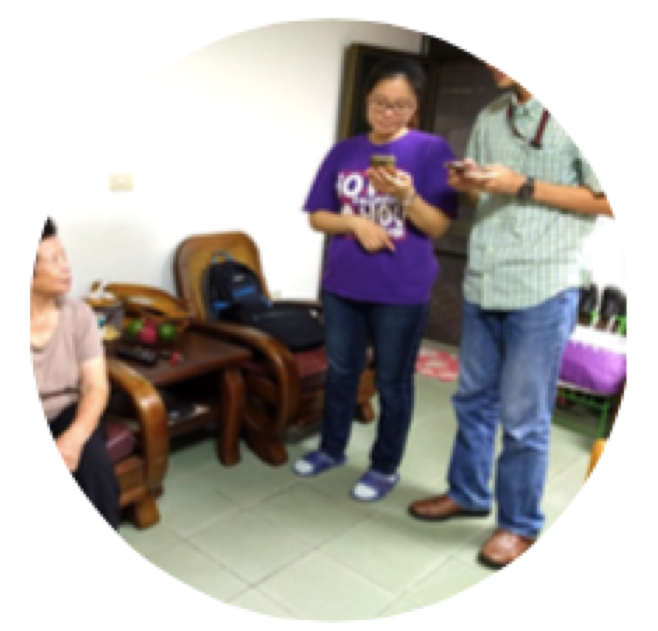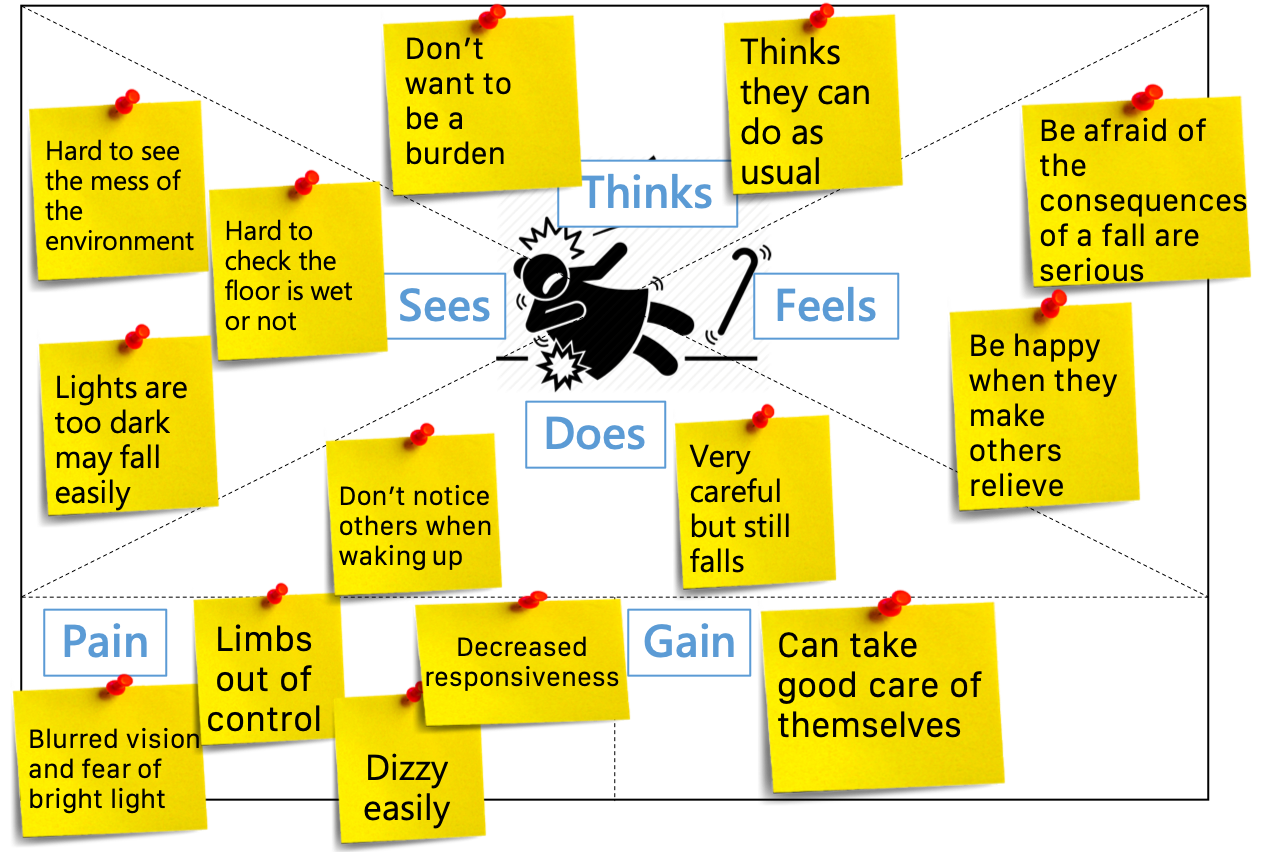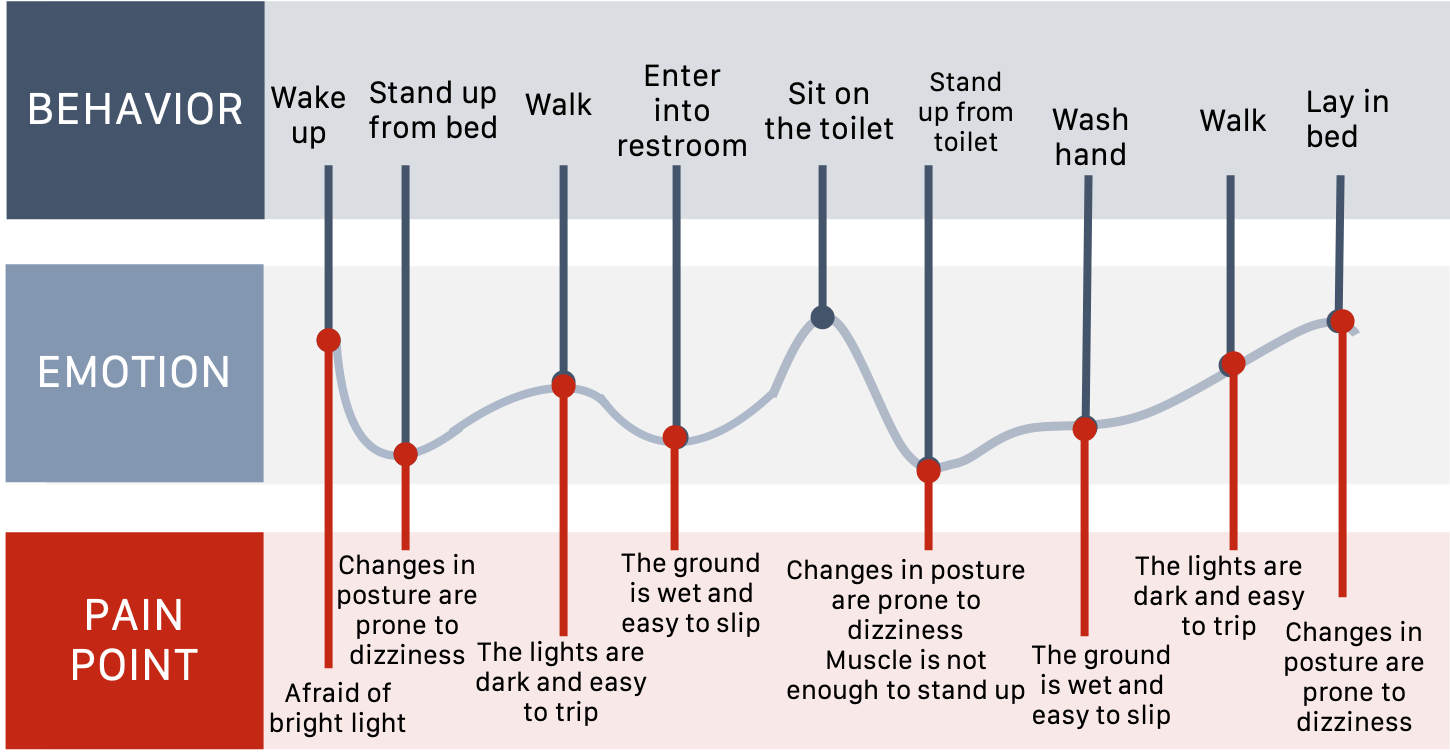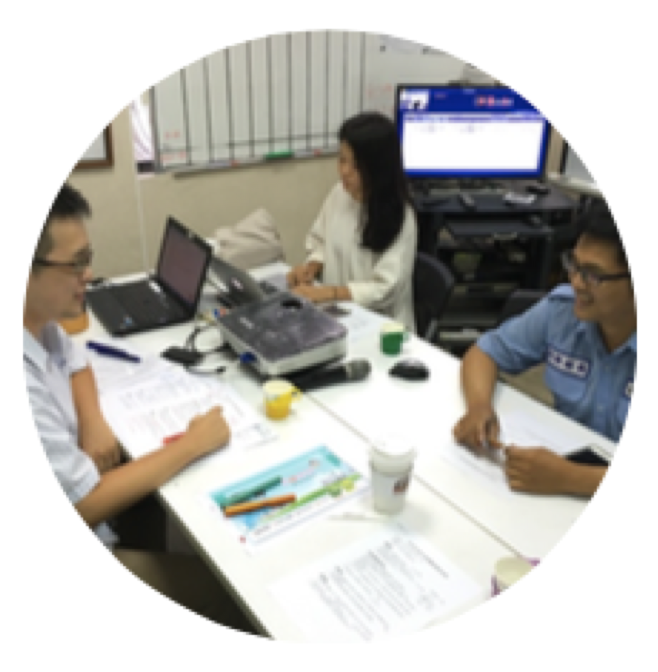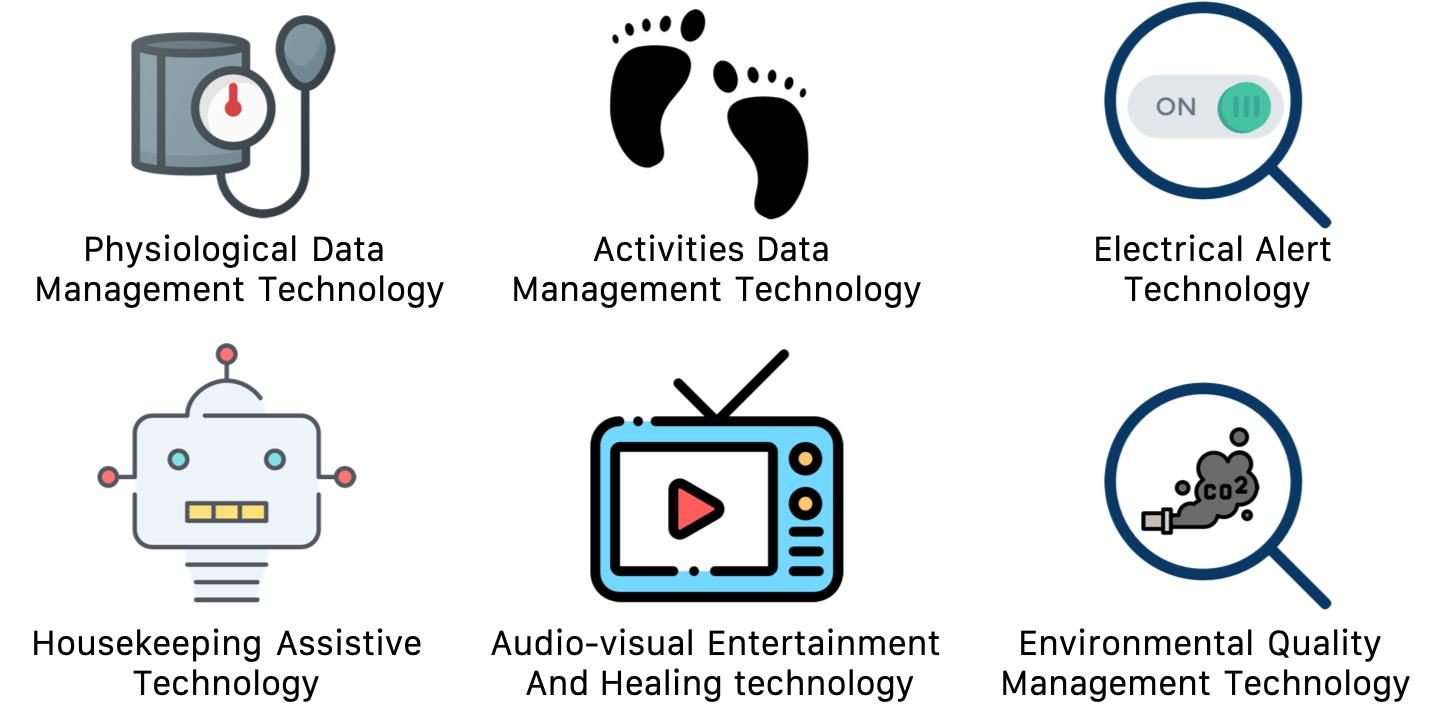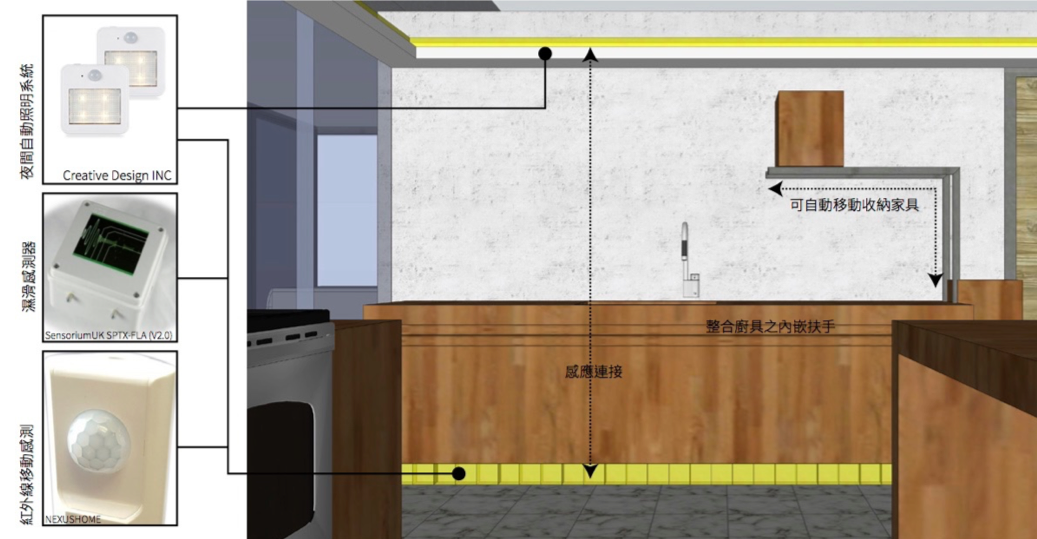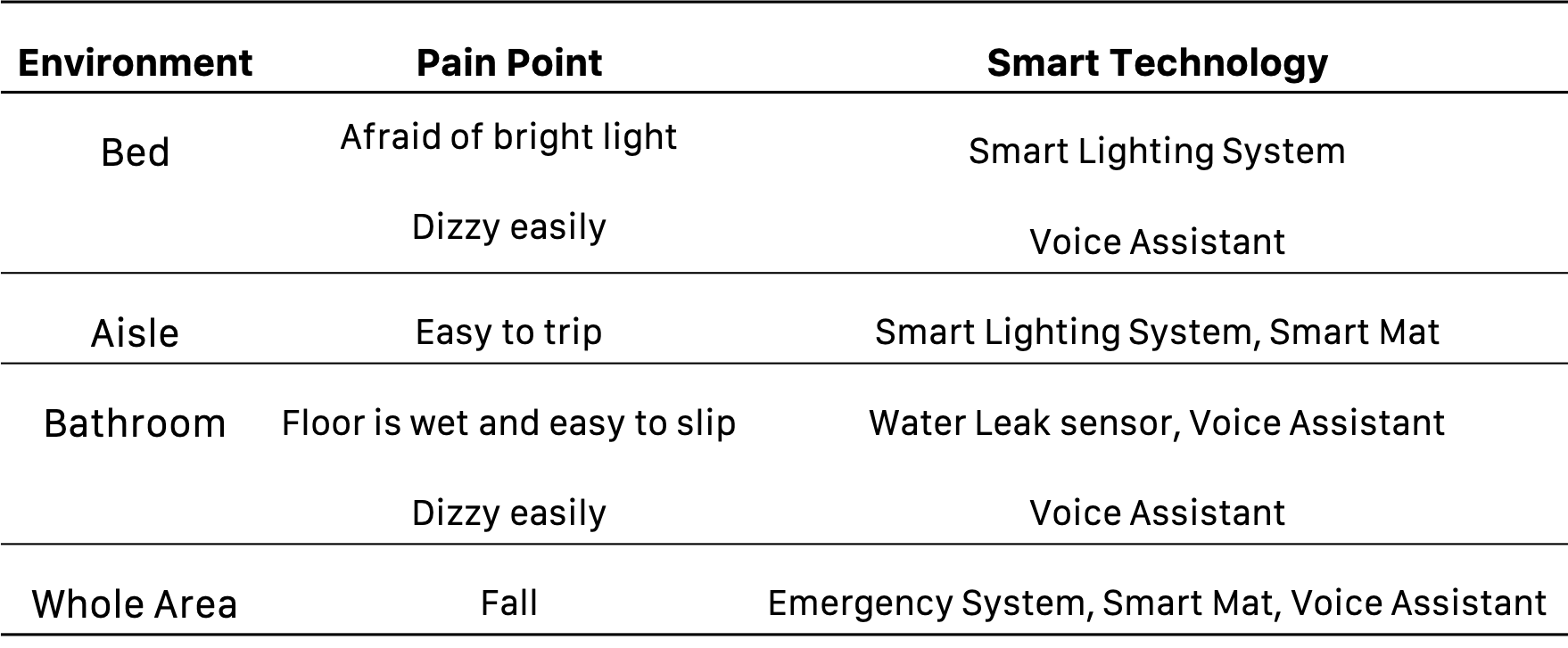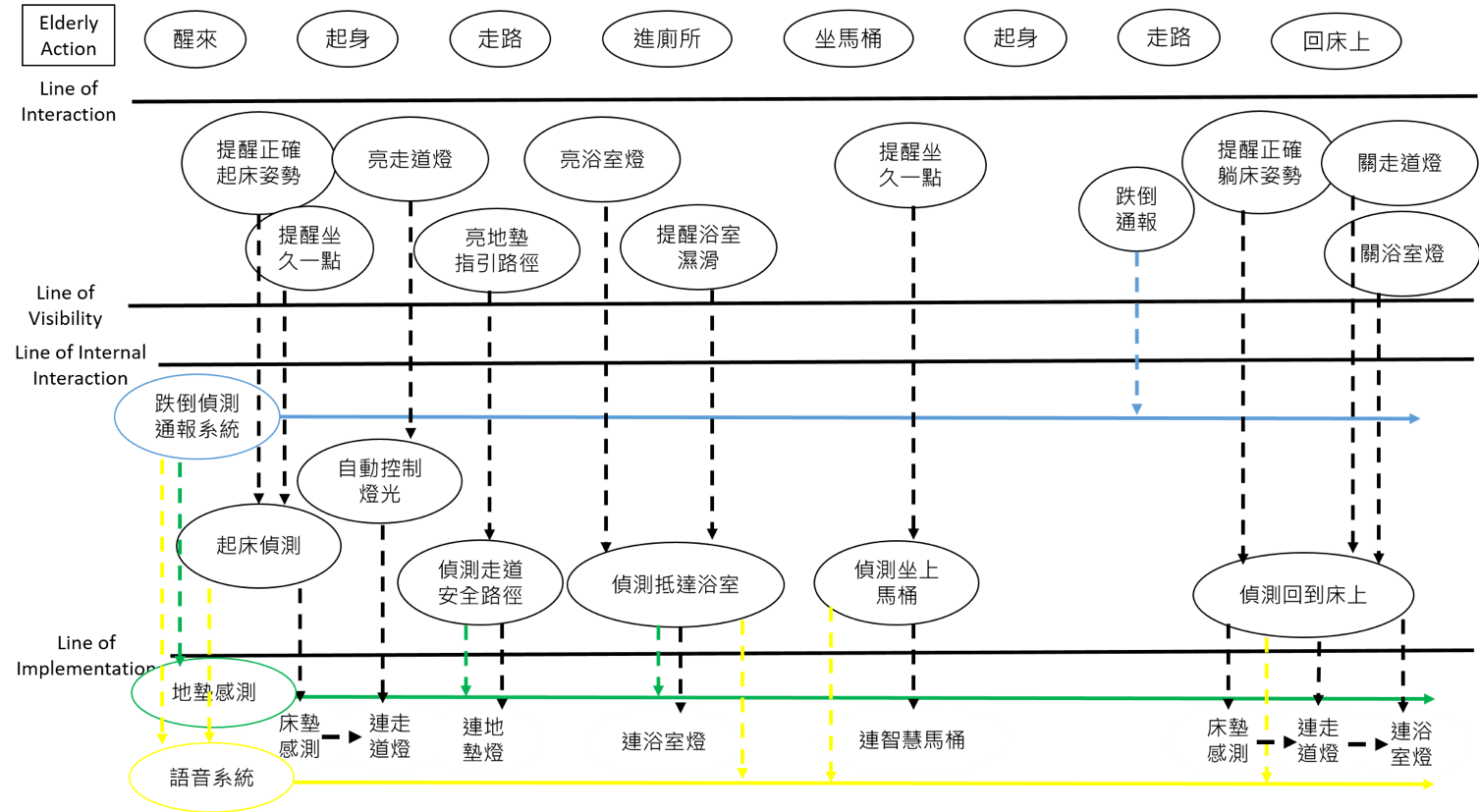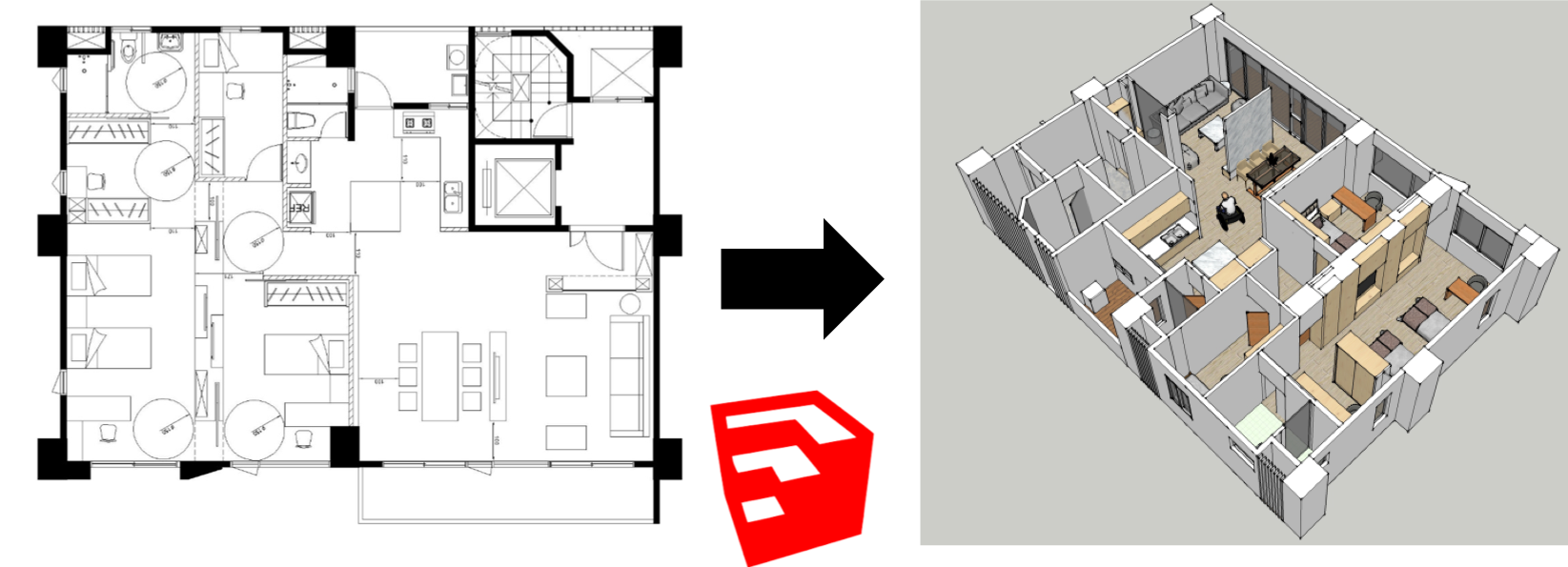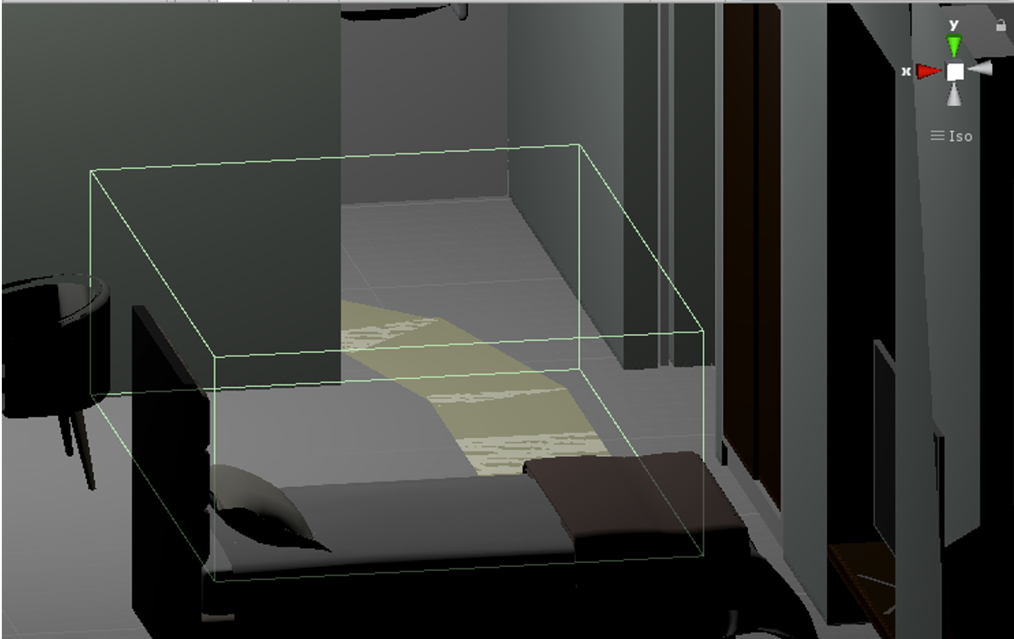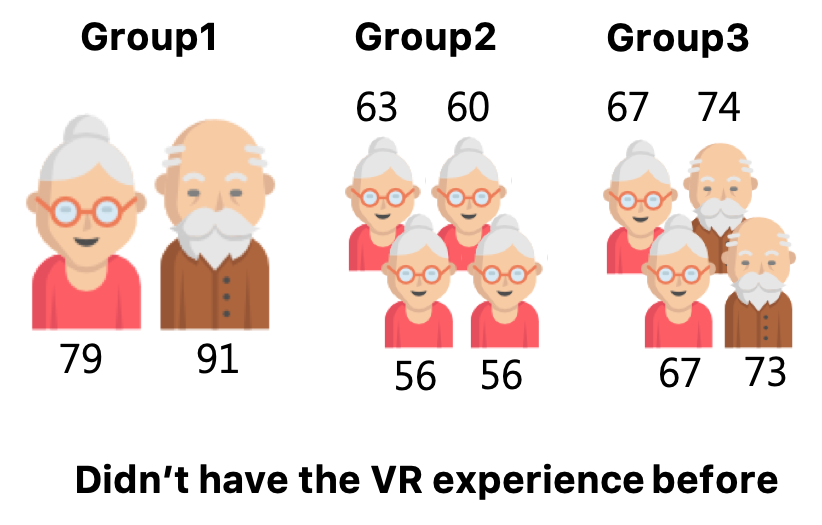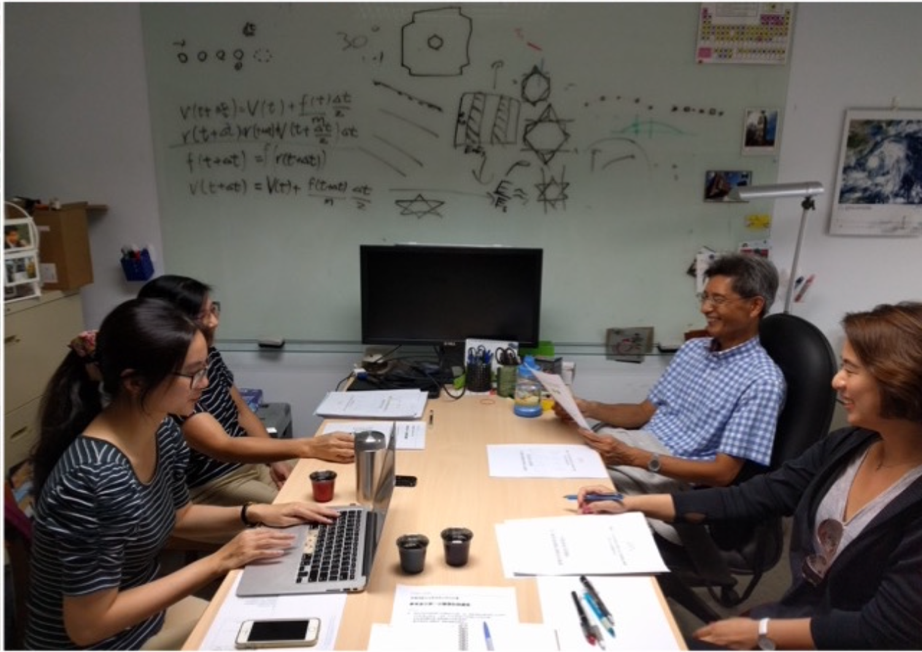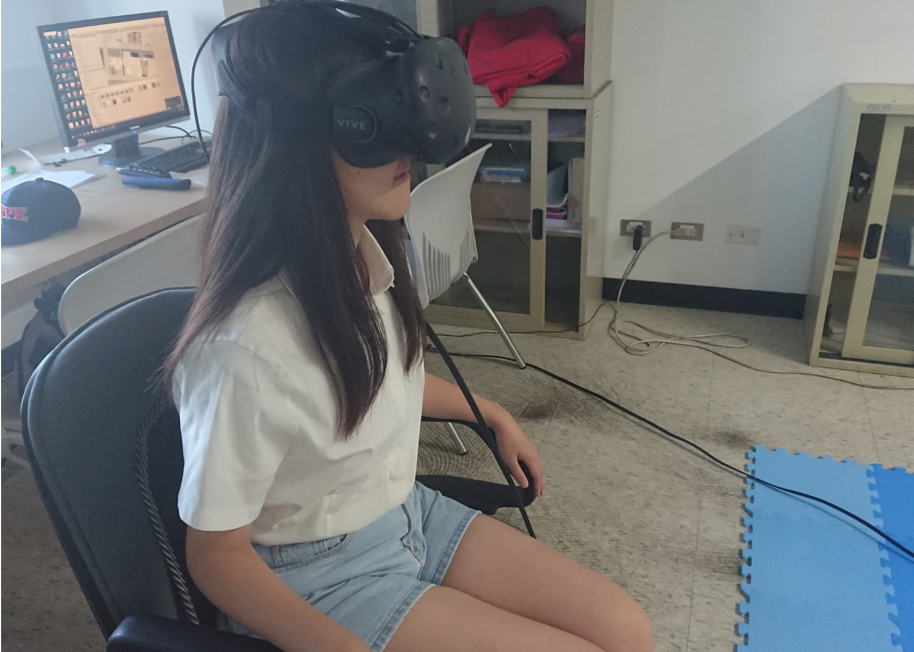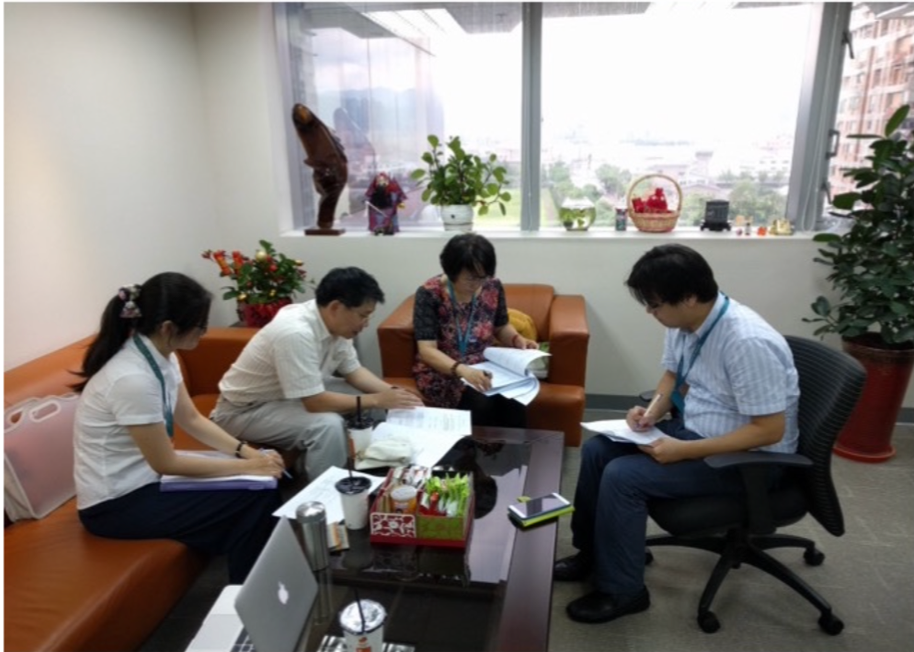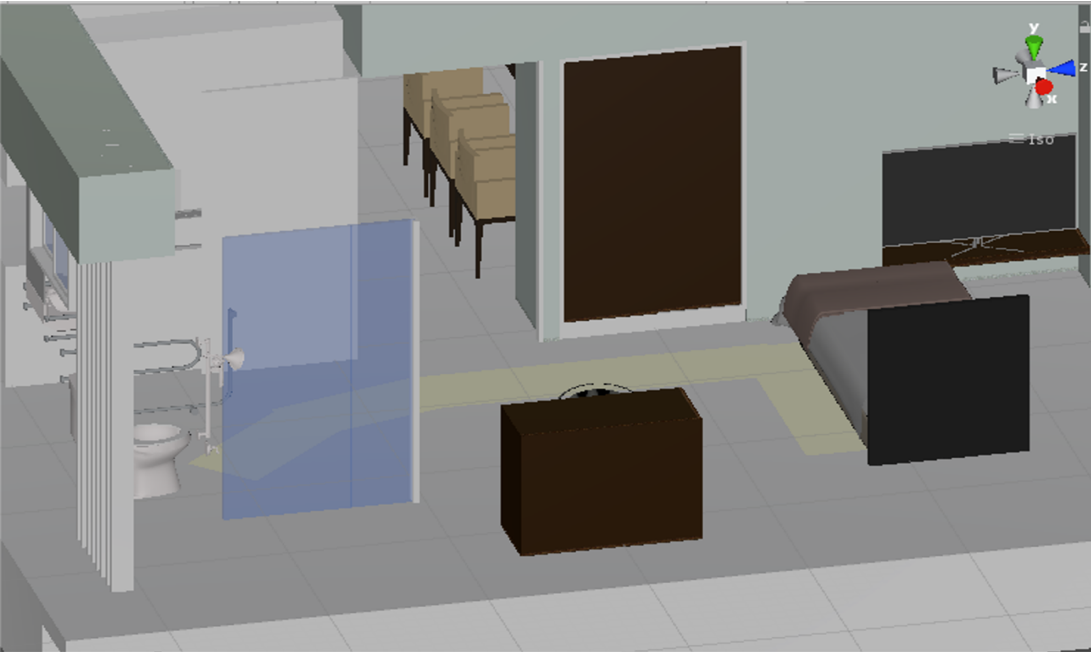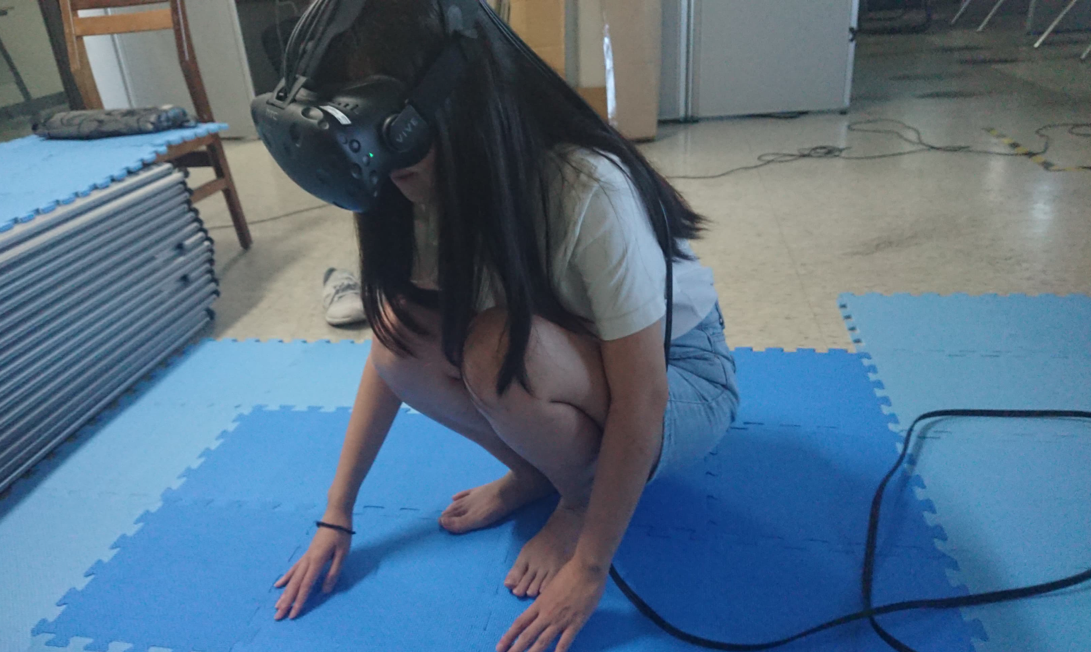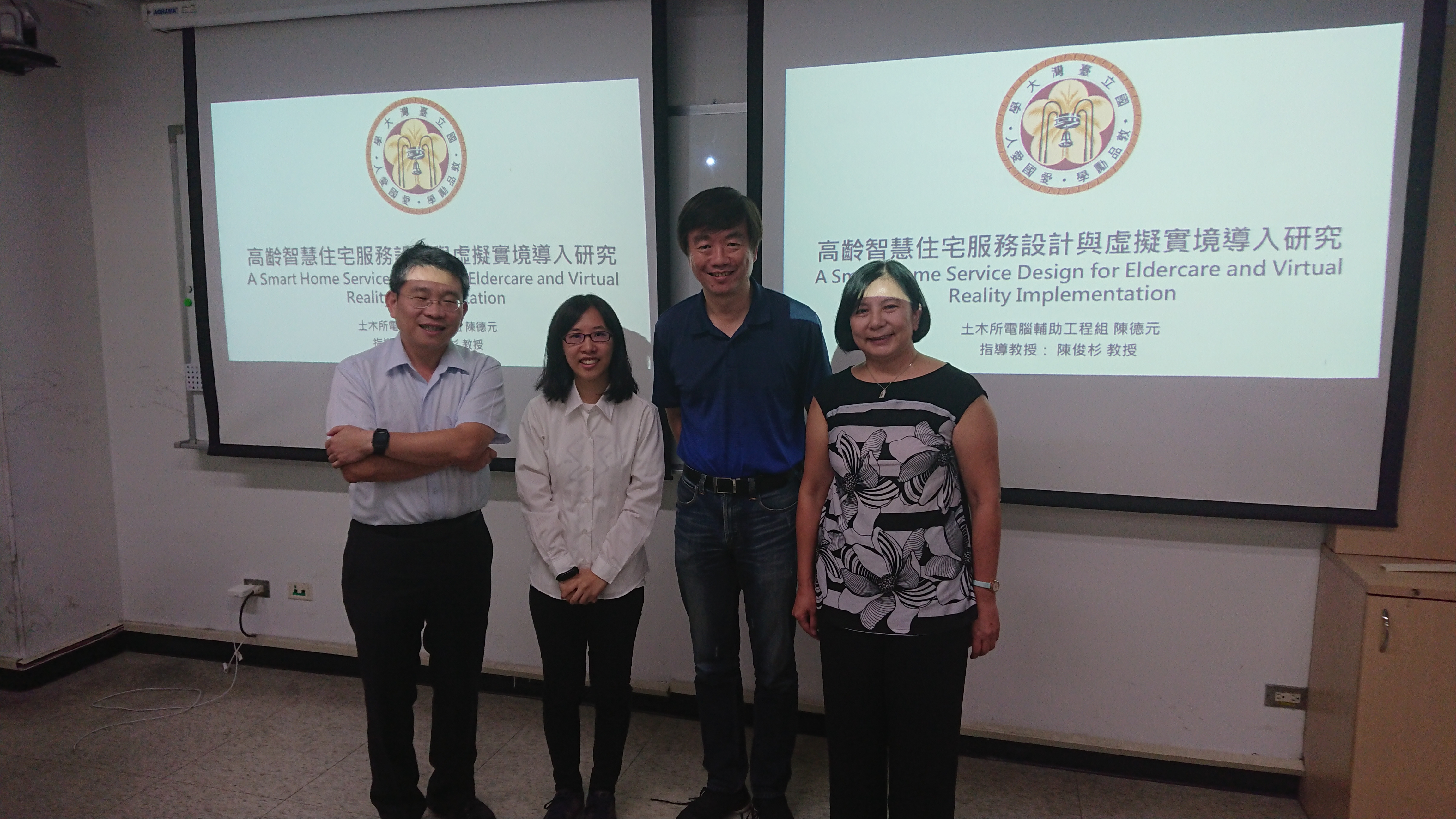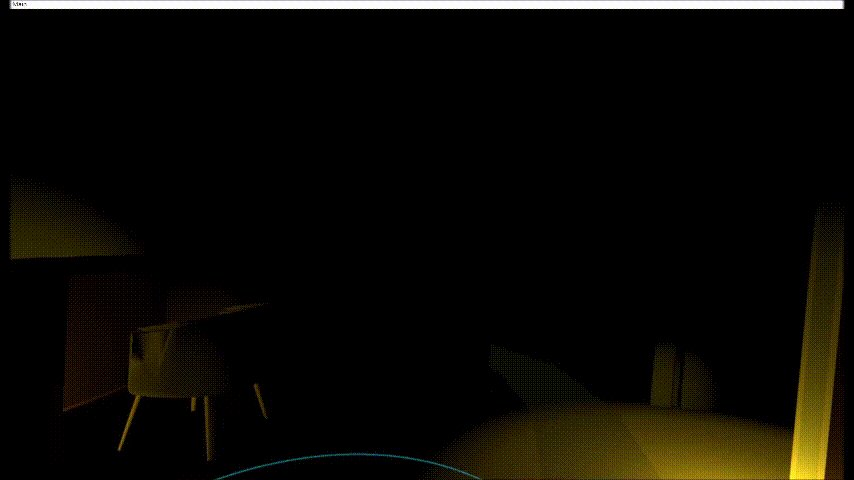A smart home service design for eldercare
August 2018 - August 2019, 1 year UX project (Master Thesis)
Eldercare | IoT | Smart Home | Service Design | Virtual Reality
Summary
Smart Home seems to be a solution for population aging. However, we don't know the elderly's thought of smart home and technology. To understand their attitude toward IoT technology, I built a smart home simulation with virtual reality to let the elderly experience future service in the smart home.
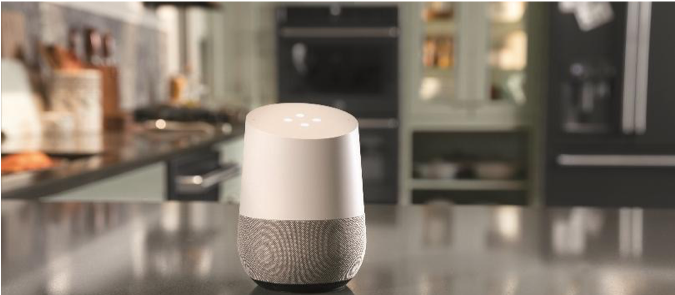
The primary purpose of the research is to understand the elderly's acceptance of the IoT and smart home technology. Besides, as we used virtual reality to be a novel testing tool for older adults, we want to evaluate whether VR can be a possible solution for experiencing service in the future.
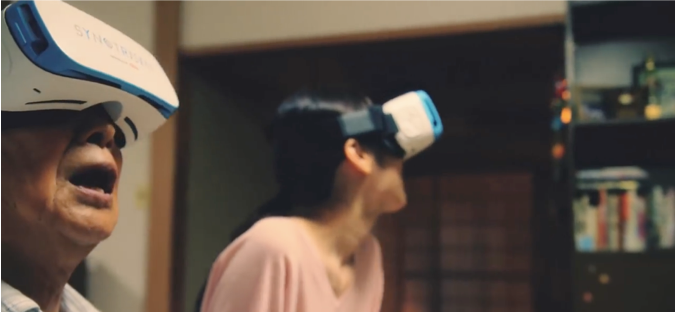
My Role
As a UX researcher/designer/engineer in this project, I cooperate with NTU iNsight UX team and participated in all the process.
- Main Tasks
Method
- Preliminary research
- Ideation
- Prototype
- User research
Teammates
NTU iNsight UX Team
Chuin-Shan Chen (Instructor)
Chia-Yi Chen (Instructor)
Debbie Chen (UX Researcher / Engineer)
Deliverable Results
UX Research Report
VR Smart Home Simulation
